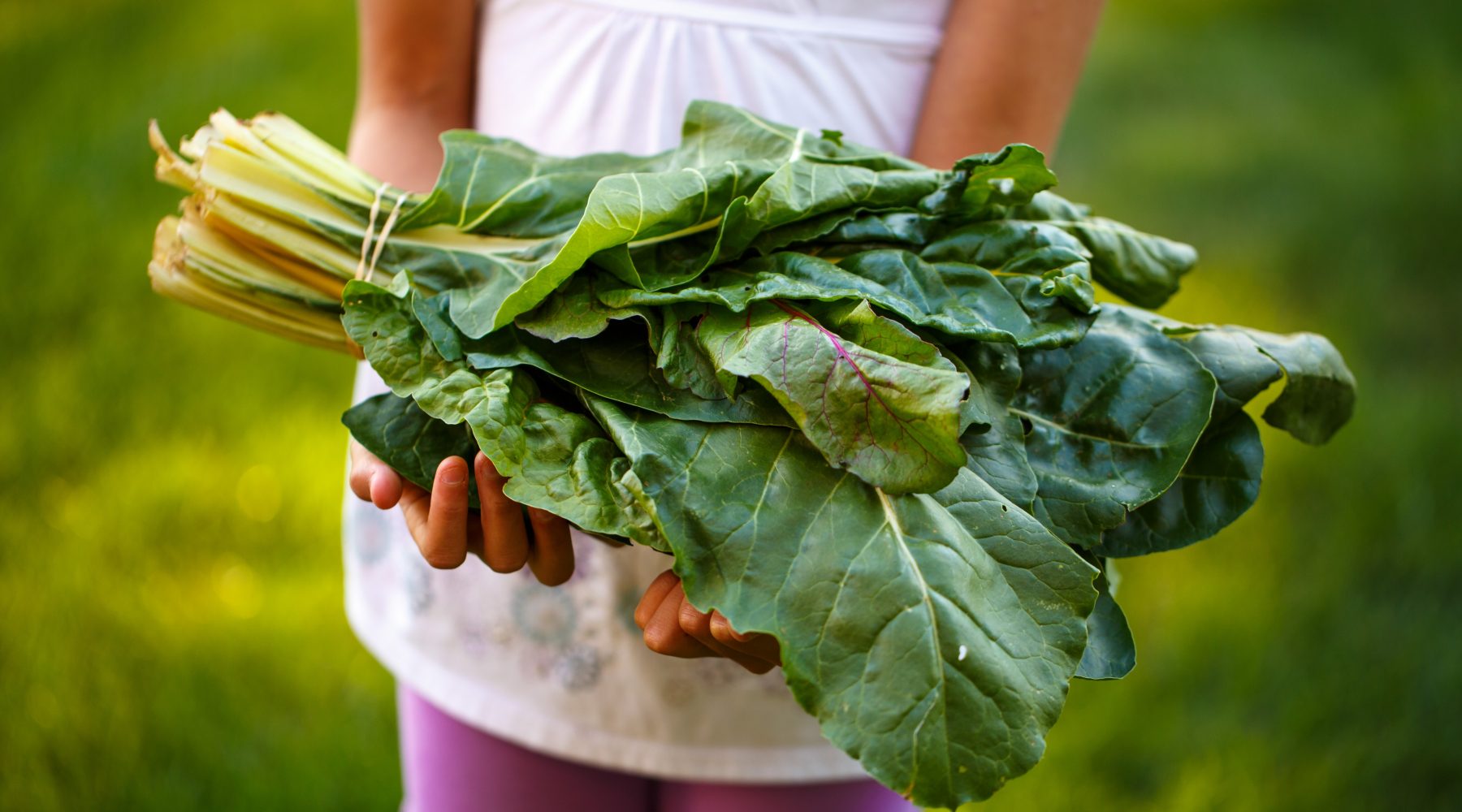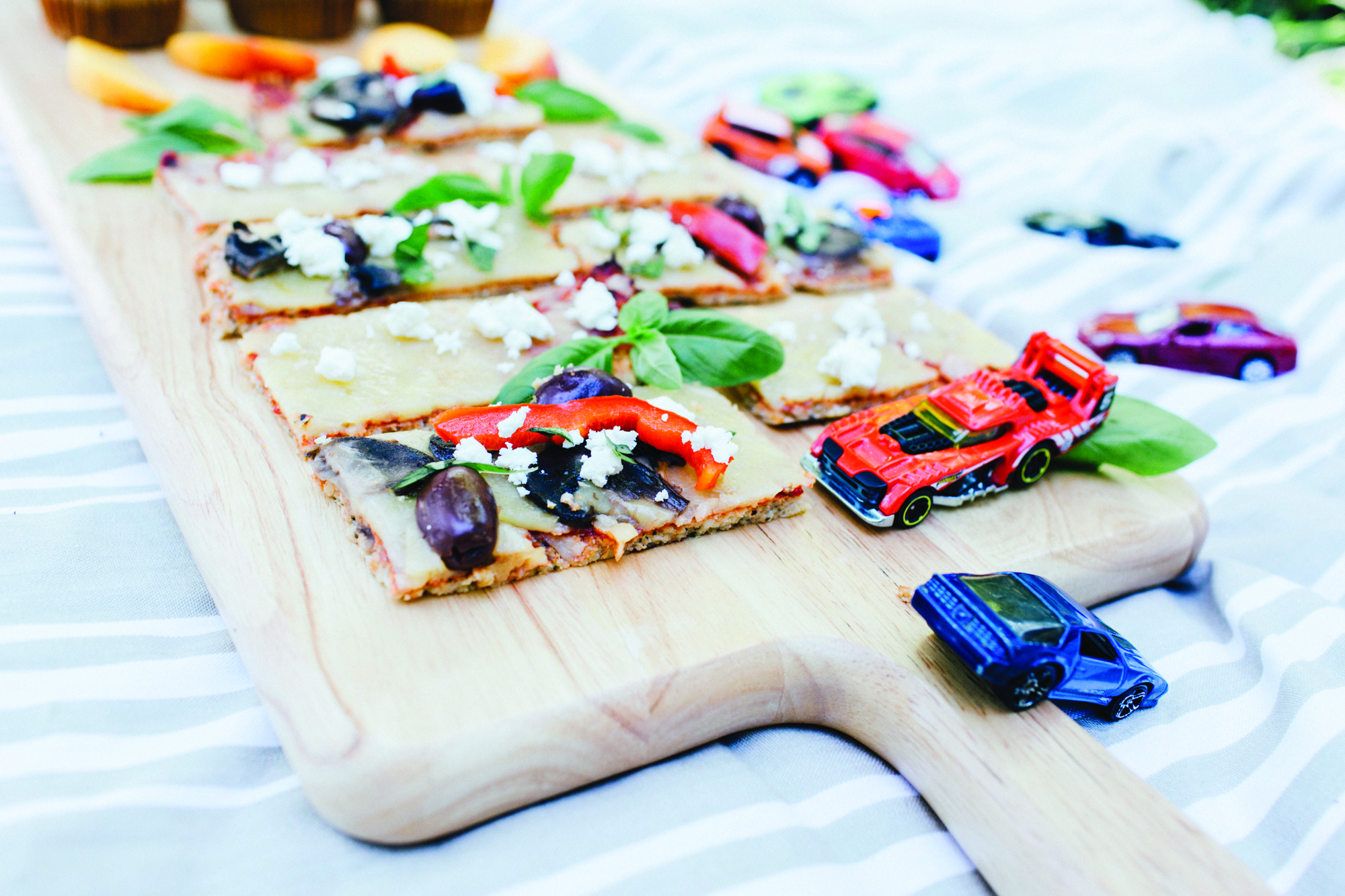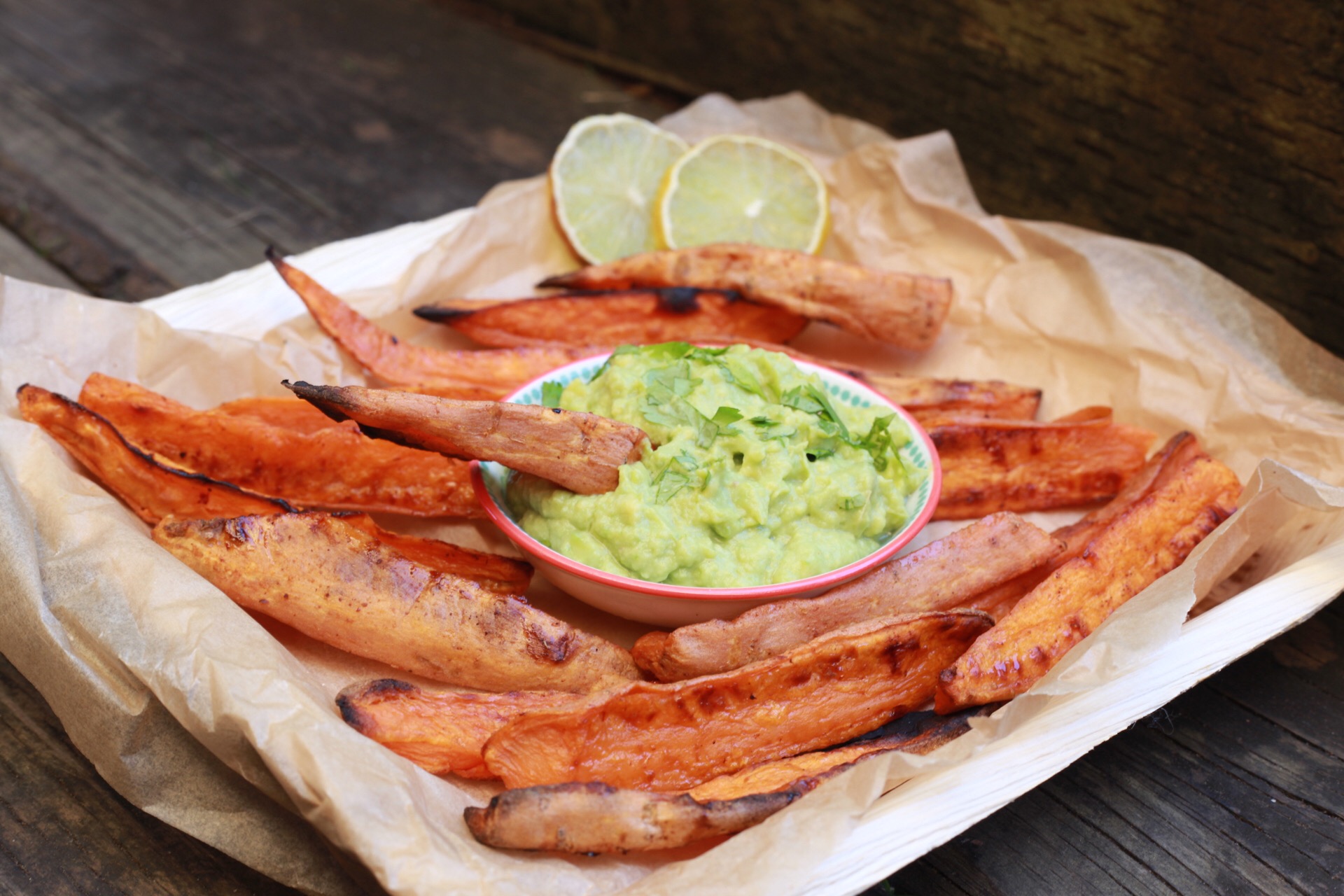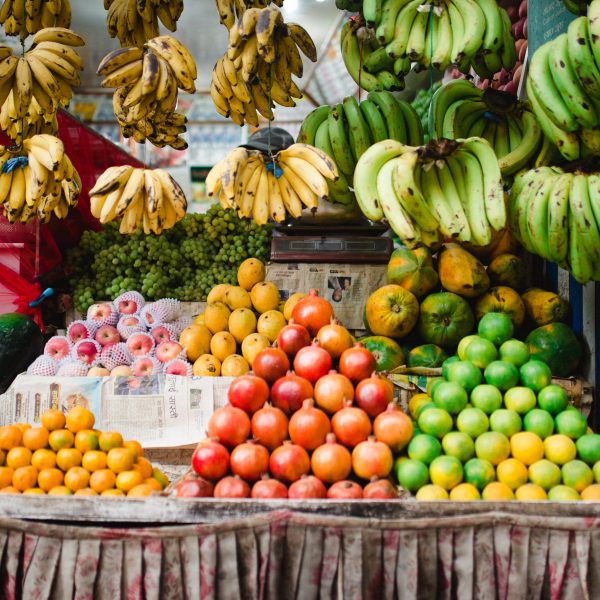Reducing waste in ECEC settings by using Root to Stem cooking

Giving children access to a wide range of fruit and vegetables is one of the best ways to support their immune health, and start them off on a lifetime of healthy habits while boosting their immune systems – something which is so important as we head into the winter months.
The reality though, is that many early childhood education and care (ECEC) settings struggle to use up all their fresh produce before it spoils, contributing to waste.
While much of Australia experienced “panic buying” in the initial stages of COVID- 19, with people rushing to stockpile pantries with long-lasting foods such as pasta, Weet-bix, rice, canned fish and more, those who new how to select, store and make the most of every part of the fresh produce available – and there was a lot – were in a better position to ride the wave and wait for stock levels to return to normal.
By using the practical tips below, many ECEC services will be able to stretch their food budget further, reduce waste, and ensure that children still have the advantage of all the nutritional goodness that comes from eating fresh fruit and veg.
How to make the most out of fresh veggies and fruit
In order to reduce waste of fresh produce, we must start cooking more consciously. A few easy ways to start doing this in your kitchen is to:
- Store fresh produce properly
-
- Line the vegetable drawer of your fridge with paper towels and store carrots, cucumbers, and other whole fruits and veggies loose.
- Store fresh herbs in a glass filled with water on the windowsill or a section of your kitchen counter section that gets some sunlight (or grow your own outdoors!)
- To prolong the life of seeds, store in airtight glass containers in the freezer – they’ll remain fresh to use for a year or more
- Cut down on plastics – store fruit and vegetables in glass containers, stainless steel containers, mesh produce bags, brown paper bags or wrapped in cloth wherever possible and practical
- Freeze fresh for later use – this includes as soon as the groceries are delivered
-
- Be sure to freeze food when it’s as fresh as possible to ensure both its quality is maintained and to stem harmful bacteria growth. Proteins and fruit are best frozen raw, while most veggies are best frozen par-cooked.
- Practice root to stem cooking

What is root to stem cooking?
Most recipes call for vegetables and fruit to be trimmed, deseeded and peeled – but, did you know that many of these “scraps” can actually offer more health benefits than the parts we are used to eating? They also ensure we maximise the value of the fresh produce we’ve invested in and reduce waste significantly.
The skins and stalks of most fruit and veg are packed to the brim with nutrients and can be used to create delicious meals and snacks – we just need to learn how to put them to use.
Below are my top seven tips on how to get the most out of common veggies and fruits.
*Please be mindful that this advice is not intended for babies. Vegetables used for starter purees should always be peeled.
Sweet potato and potato skins
Potato skins are often peeled and tossed aside, but did you know that the skin contains most of the fibre, plus a whole heap of other nutrients, including antioxidants and vitamin A and C?
If you’re looking to get the most value out of your sweet potato or potato, keep the peel on. Try this for Potato Wedges, Sweet Potato Wedges or Baked Potato Skins. All three a sure fire hit with the kids!

Carrot tops
These are far more useful than being fodder for little furry creatures.
Carrot greens are highly nutritious and can be used in a variety of recipes – just blanch them first as they may be bitter. Some ideas include; add to veggie stock, use in pesto, blend into smoothies or use as a substitute for parsley or coriander.
Broccoli Stalks and Leaves
When you’re cooking with broccoli, don’t just stop at the florets – chop up the broccoli stalks and add them in too! The stalks are delicious both raw and cooked, and are also really filling. They are even slightly richer in certain vitamins and minerals than the florets.
When cutting up the stalk, you may want to remove the outer peels, but I prefer to keep them intact. Broccoli leaves are edible too and can be added into meals just as you would any other dark, leafy greens.
Cauliflower stems and leaves
Cauliflower’s popularity has skyrocketed as a low carb substitute for rice, pizza bases, potato mash and much more. Since it’s white and looks like potato, it can also easily be used to boost foods children are happy to eat such as mash.
However, most of us don’t realise that the stalks and leaves are not only edible, they taste great and are also full of health benefits. The stalks can be chopped up and used alongside the florets and take the same time to cook. The leaves are also edible and can be left on when cooking or used on their own as you would any other leafy veggie. Delicious ways to enjoy cauli include; chop up the stalk and florets in the food processor to make cauliflower rice, steam and mash stalk and florets together for cauliflower mash or use stalk in nutritious pizza bases.
Orange and lemon peels
Did you know eating 1 teaspoon of orange peel provides 14 per cent of the Daily Value of vitamin C? That’s nearly 3 times more than the inner fruit! Lemon and orange peels contain four times as much fibre as the fruit itself, as well as more flavonoids. The flavonoids found in citrus fruits, called tangerine and nobiletin, have anti-inflammatory, anti-cancer, and cholesterol-lowering benefits.
Aside from their amazing health benefits, the peels are where all the flavour is hidden – giving a great citrus zing to many dishes. Some ideas for using these in your service include; grate peels into zest and sprinkle over meat and fish for a colourful and nutritious spin, mix zest into smoothies, use zest in baking (such as this gluten-free Apple Pie) or simply add some zest into water jugs for a pretty and tasty addition.
Pumpkin peel and seeds
There aren’t many children who don’t love the sweet and comforting flavour of pumpkin and butternut. But, did you know the skin and seeds are just as delicious and just as healthy?
Get more out of your pumpkin by including the skins in your meals whenever roast pumpkin or baked goods containing pumpkin are made. You can also make a quick, healthy savoury snack from the seeds. This is a great activity to involve children in come Halloween with pumpkin carving resulting mounds of seeds!
Celery leaves
The best thing about celery is that every bit is edible, so use it all – stalks, inner, outer and leaves – in your meals. For young children, you can peel the stalks to make them easier to eat and less stringy.
Celery leaves are often overlooked and tossed away as scraps – but, they are actually full of nutrients and most kids love the crunch factor they offer! Celery leaves can be eaten alone, used in salads, or used in a number of dishes. You can add leaves and stalks into homemade stocks, bone broths and soups or use as a garnish instead of parsley leaves.
Reducing waste, making the most of what we have and squeezing the nutritional value out of our fresh produce are all excellent benefits of more conscious cooking in your service. Luckily for the children in your care, they don’t just get an immune boost but also develop their food repertoire in the process.
Popular

Policy
Practice
Quality
Provider
Research
Safety starts with supervision: responding to real risks in ECEC
2025-07-07 10:30:58
by Fiona Alston

Policy
Provider
Practice
Quality
Jay Weatherill appointed to co-lead urgent review into childcare safety in Victoria
2025-07-07 07:24:04
by Fiona Alston

Quality
Practice
Provider
Workforce
Reclaiming Joy: Why connection, curiosity and care still matter in early childhood education
2025-07-09 10:00:07
by Fiona Alston













